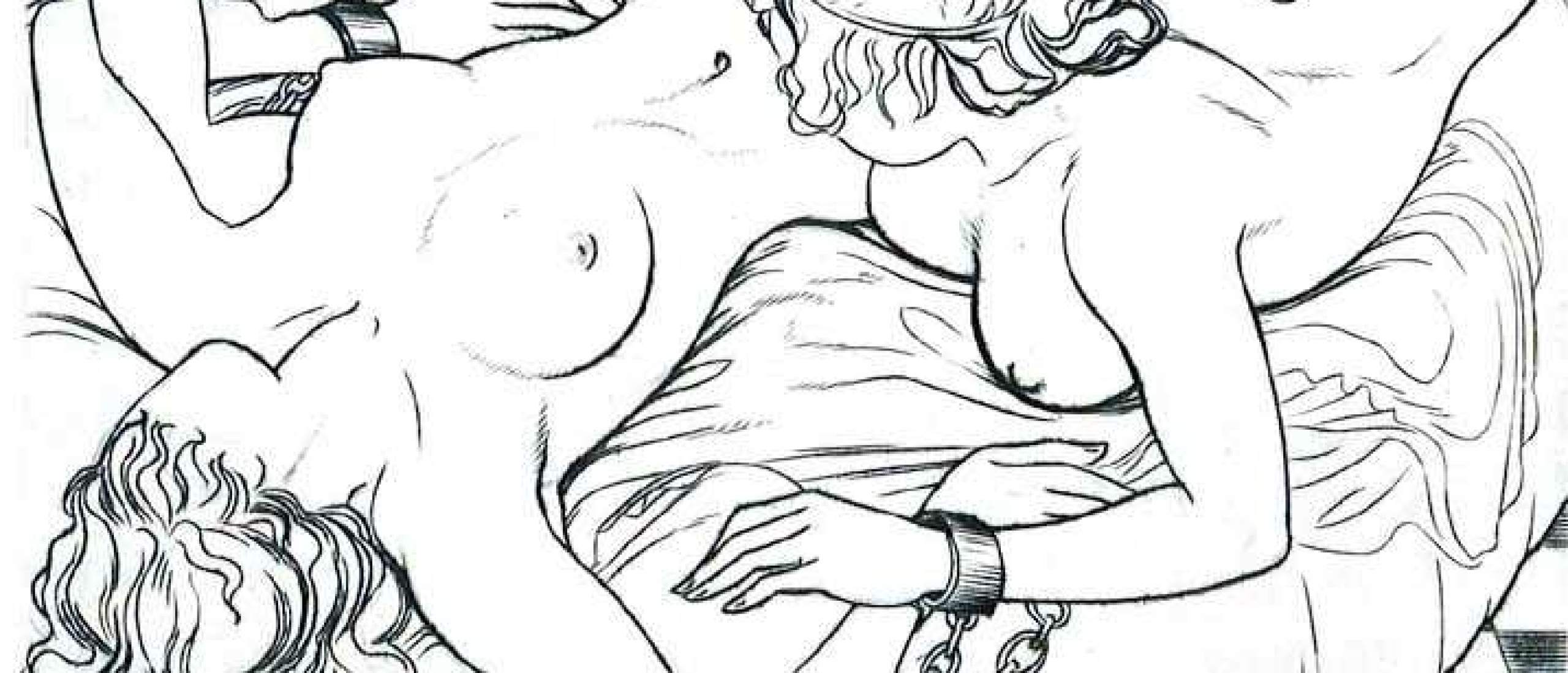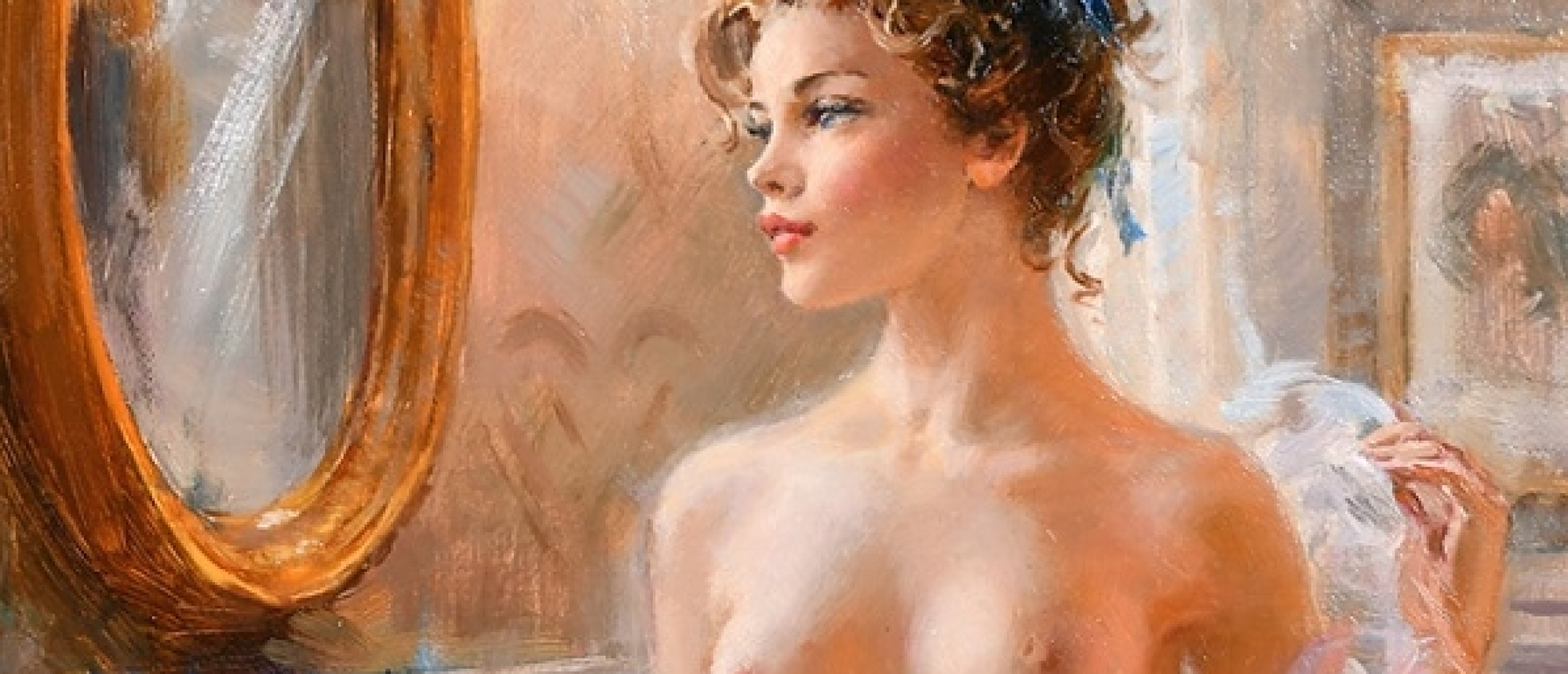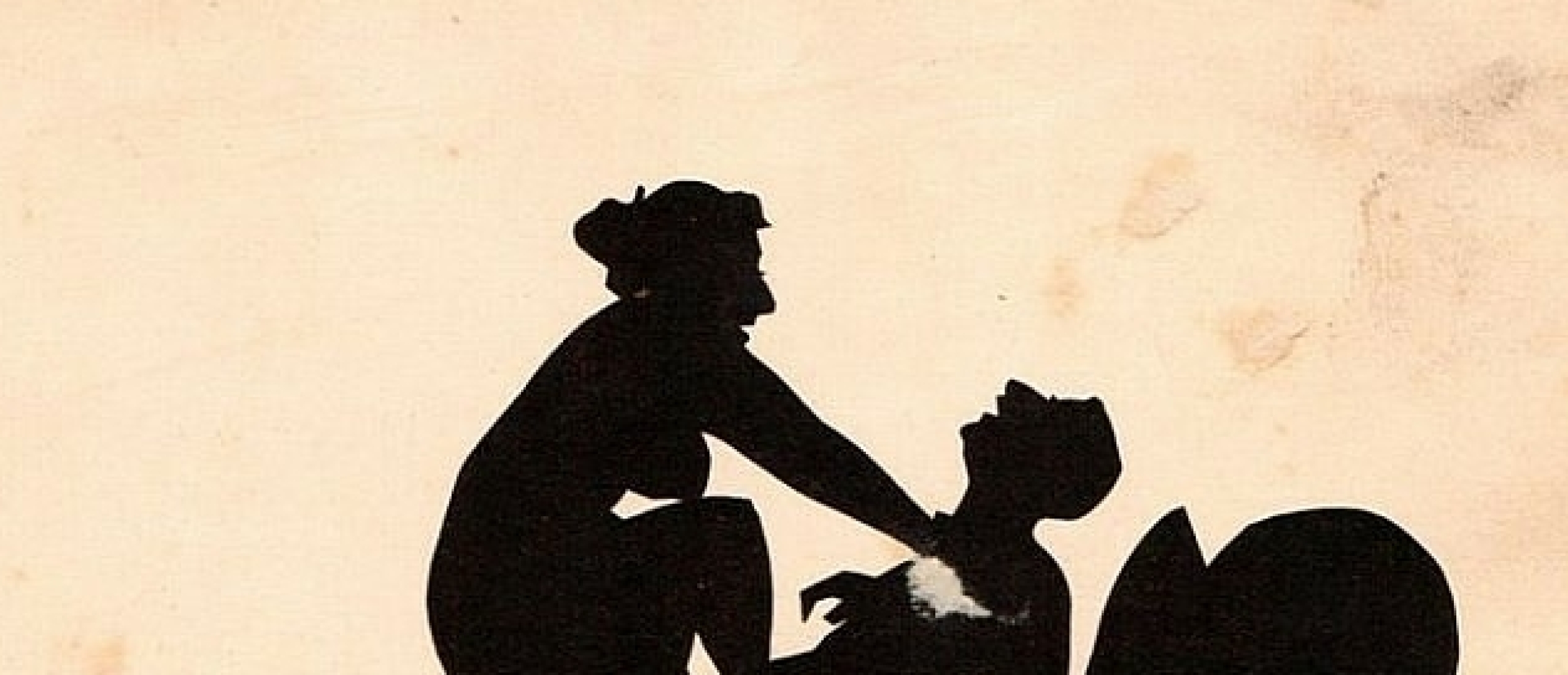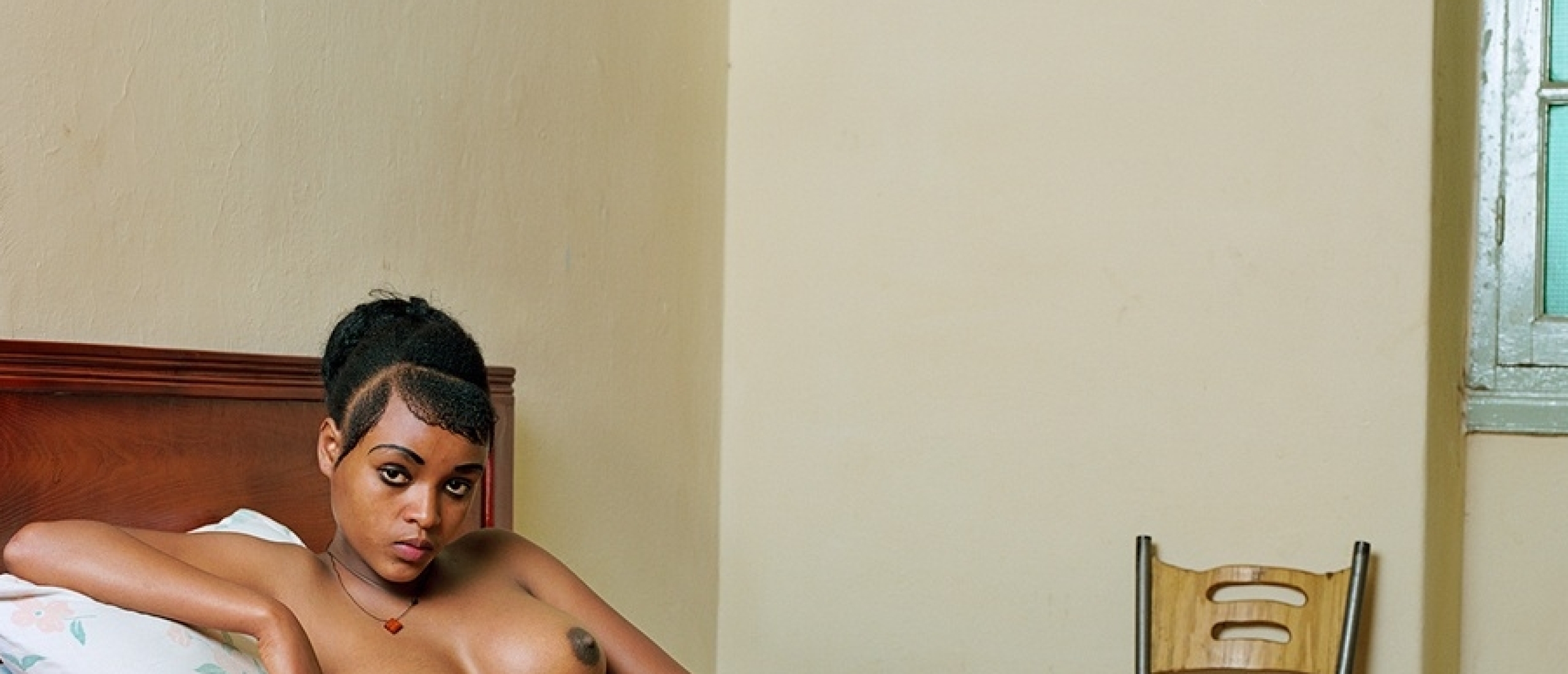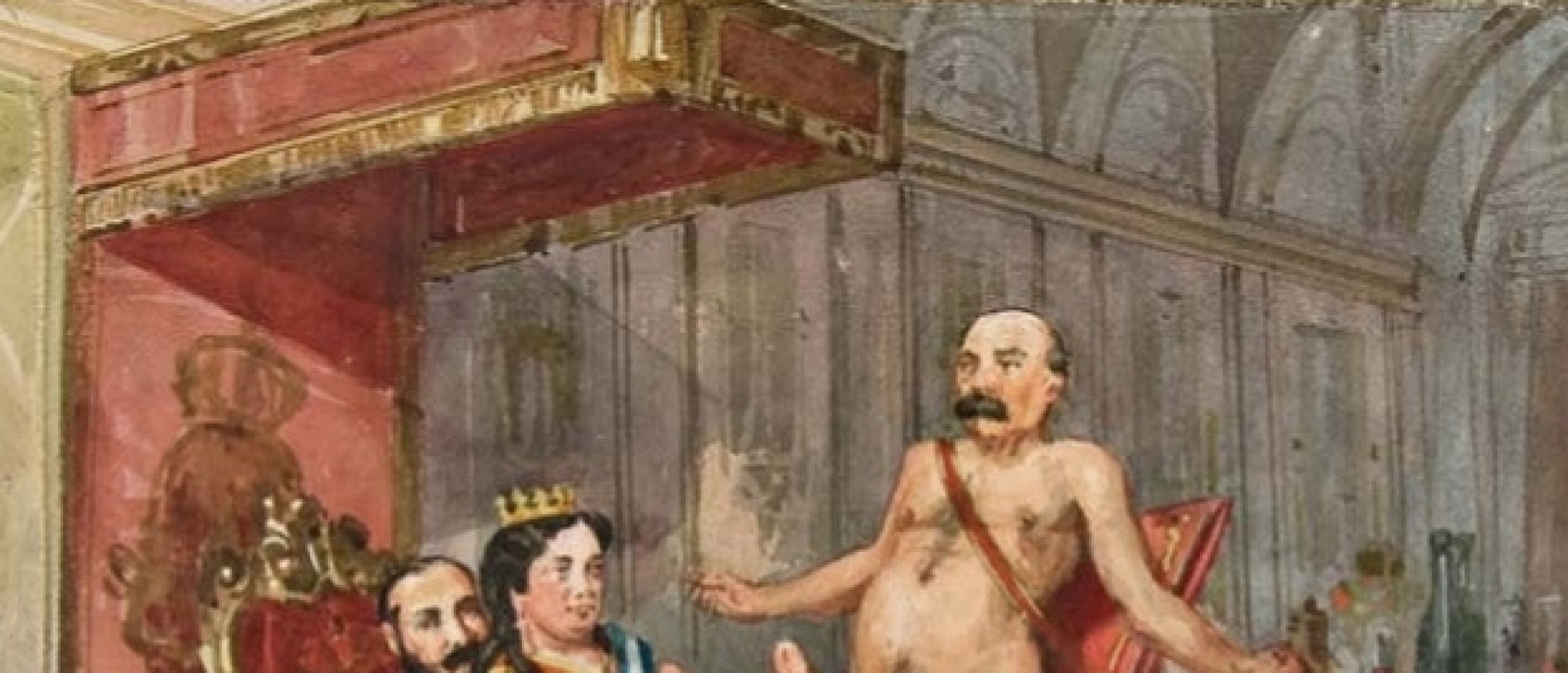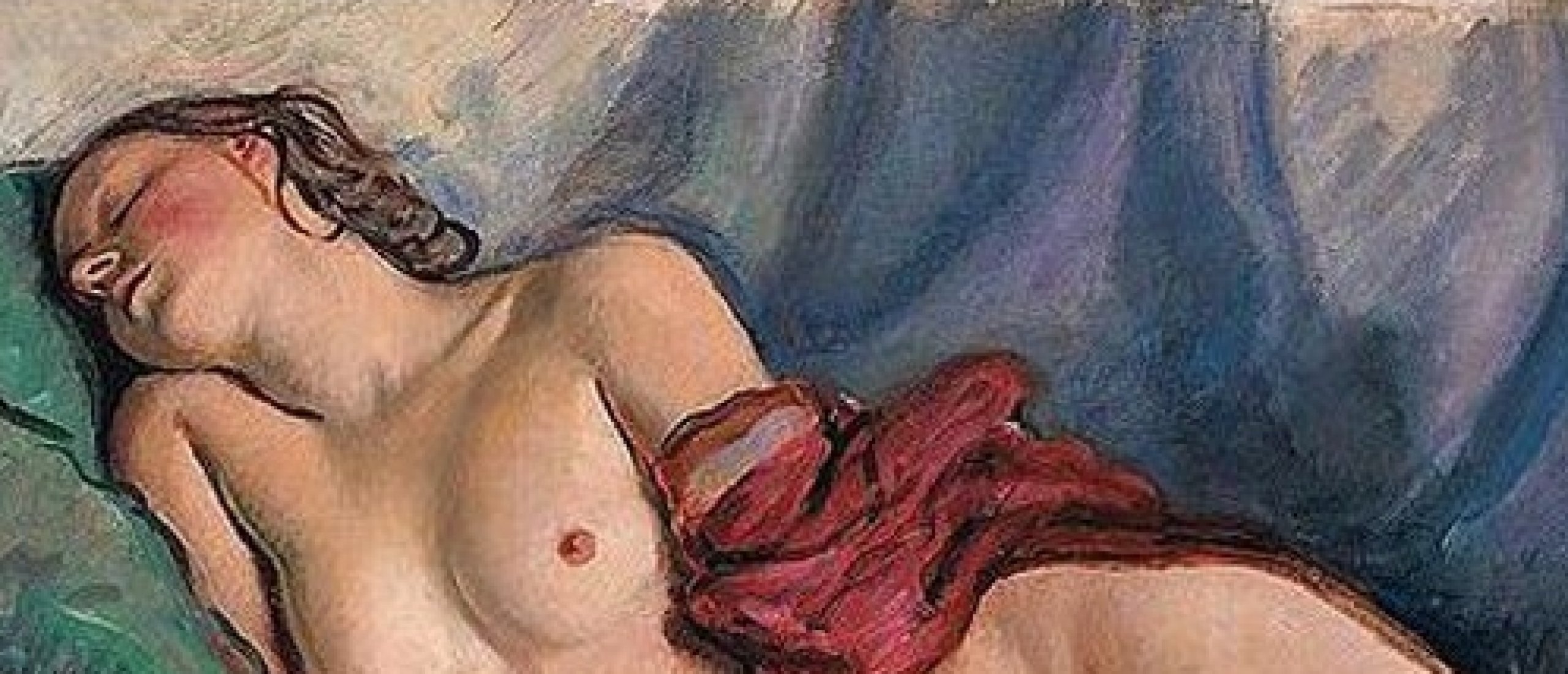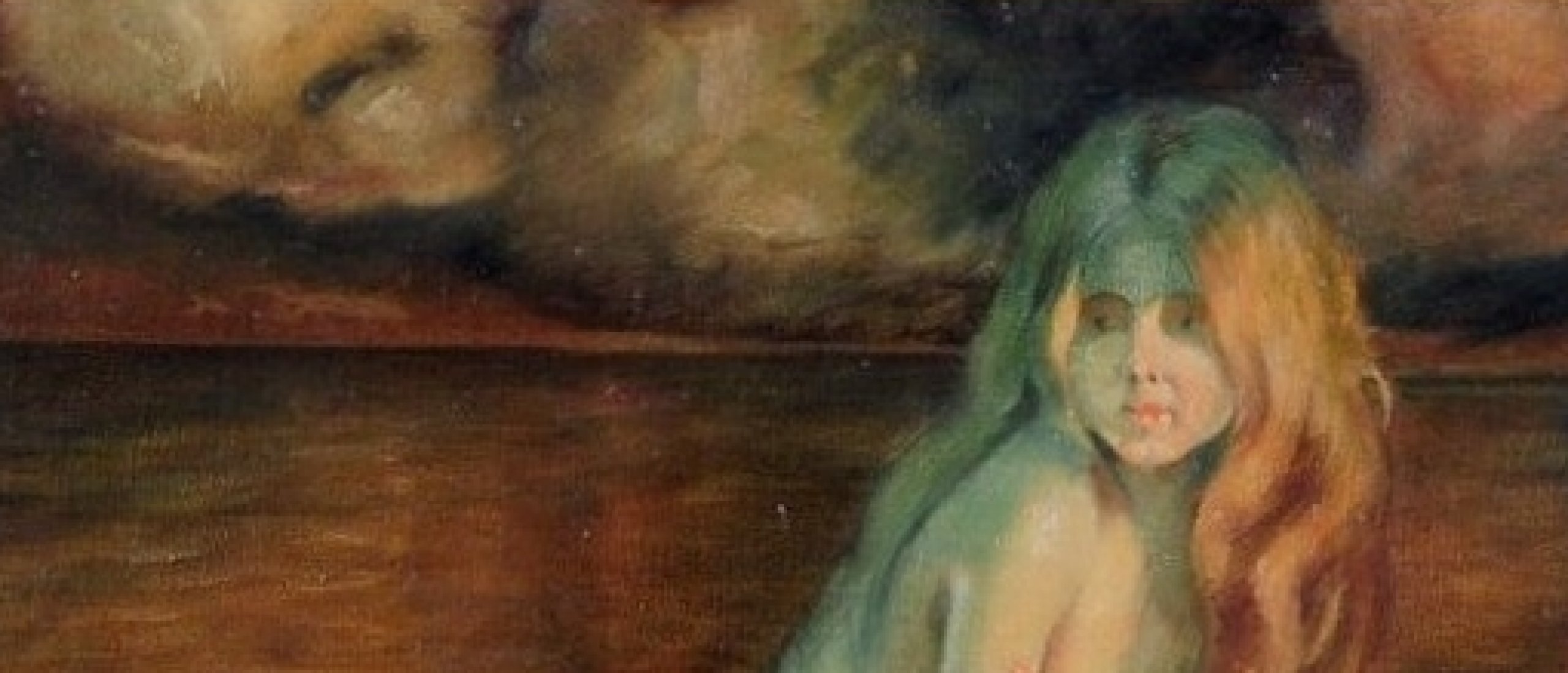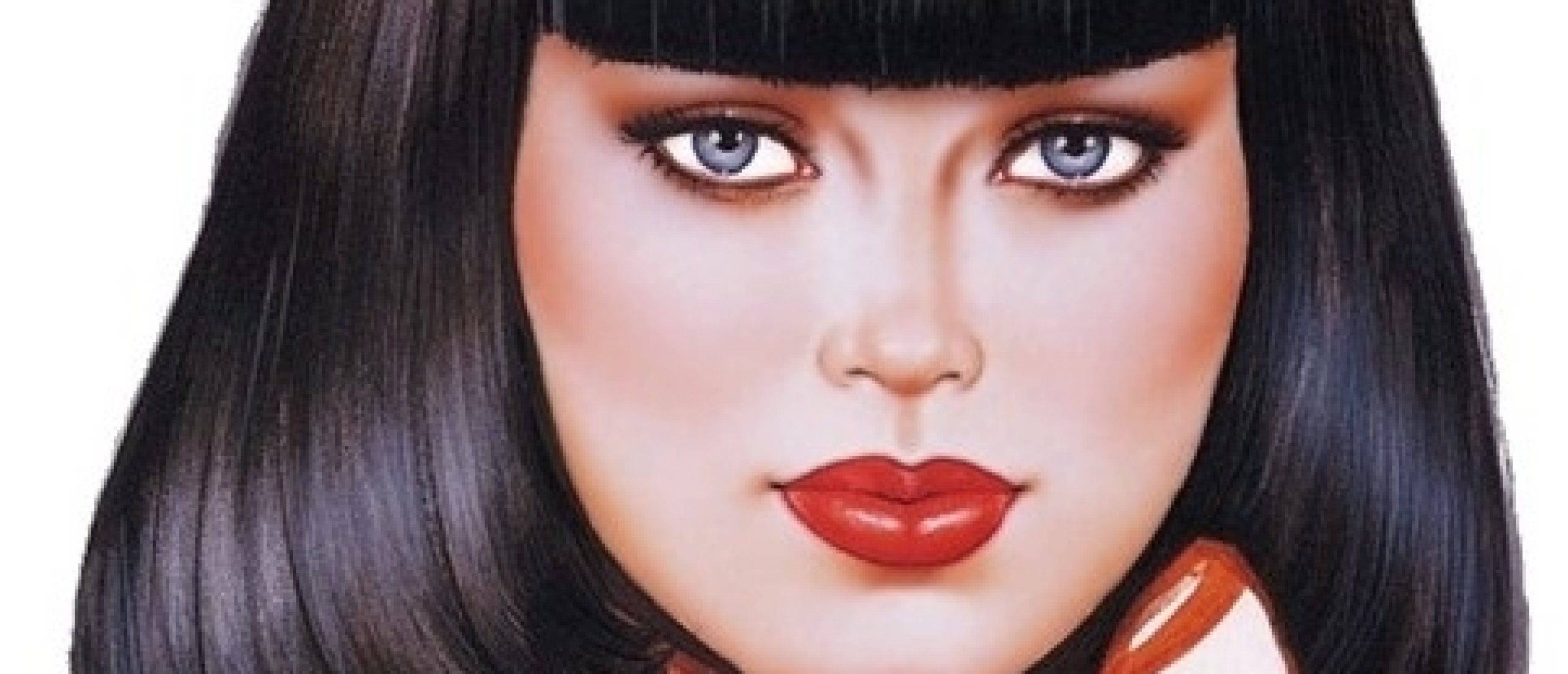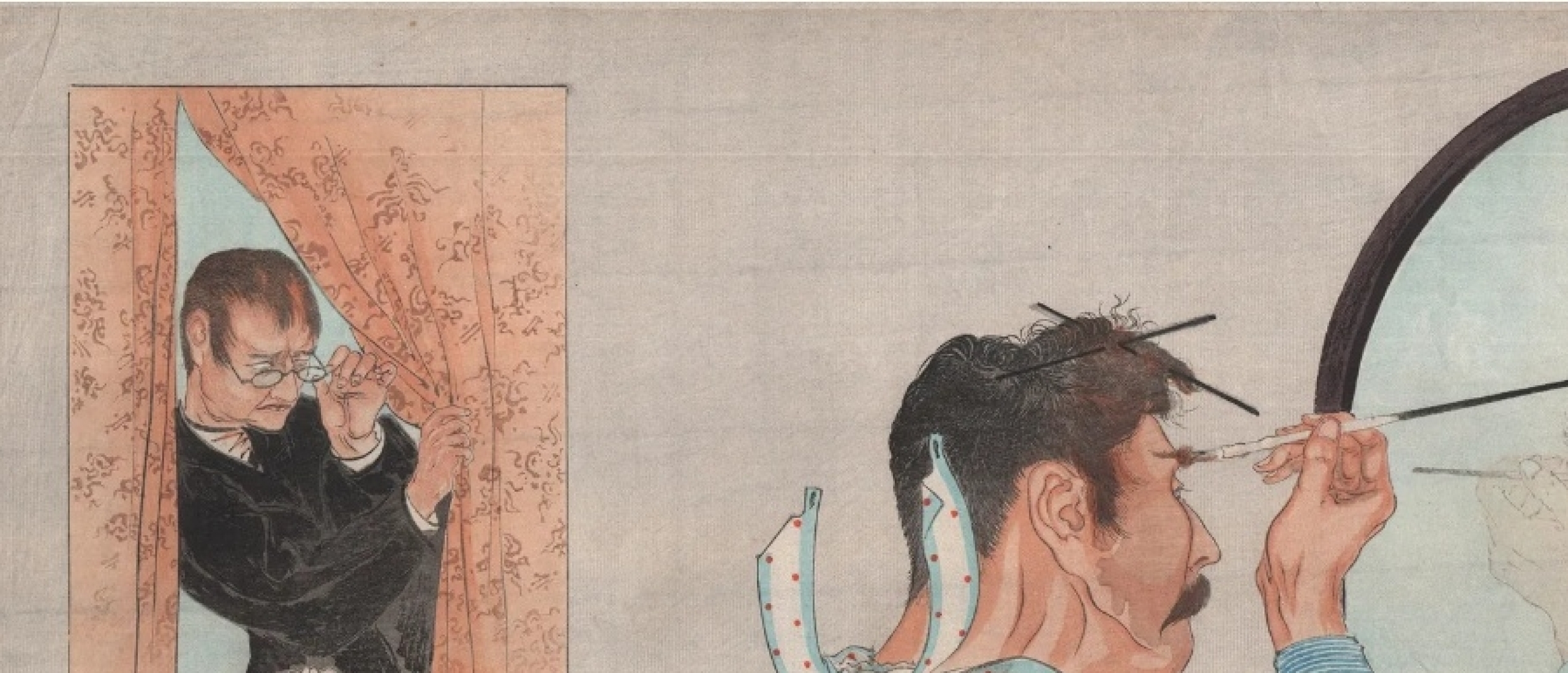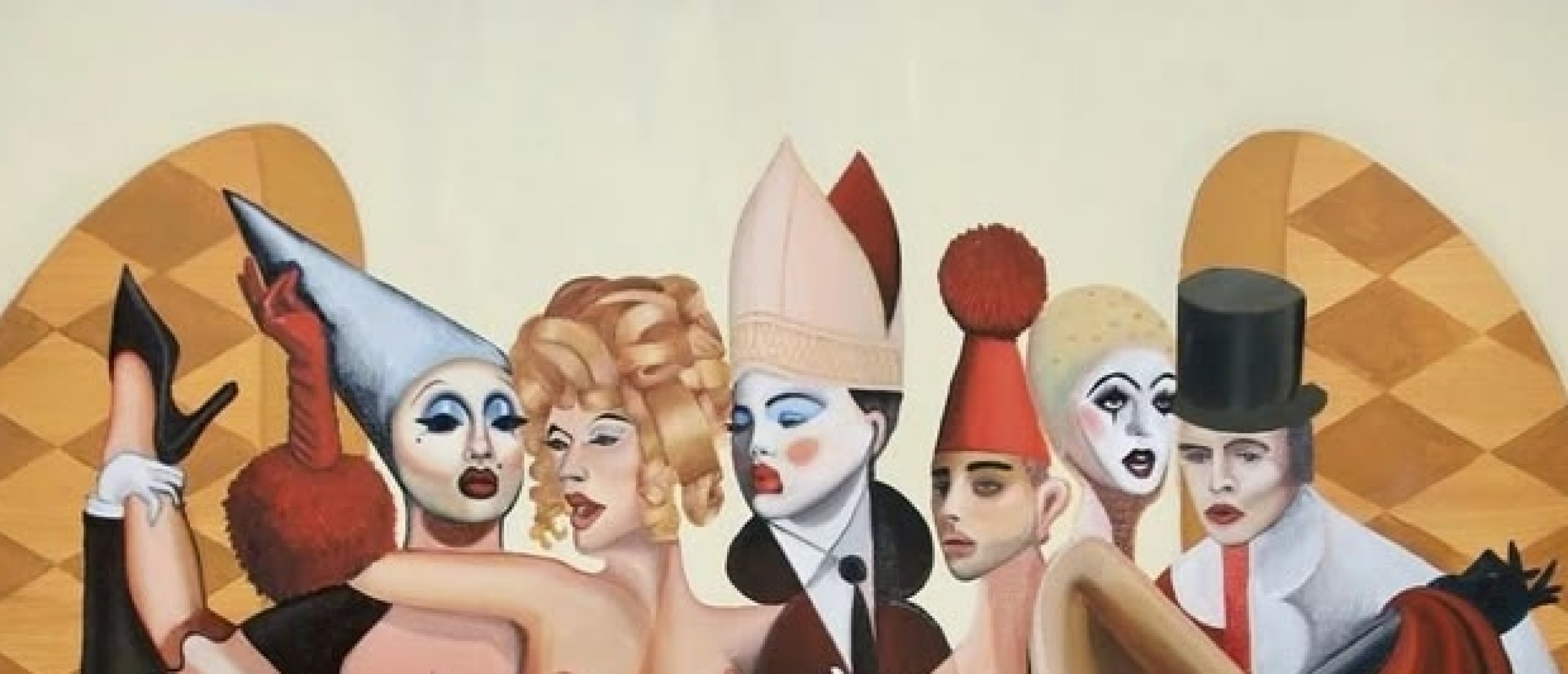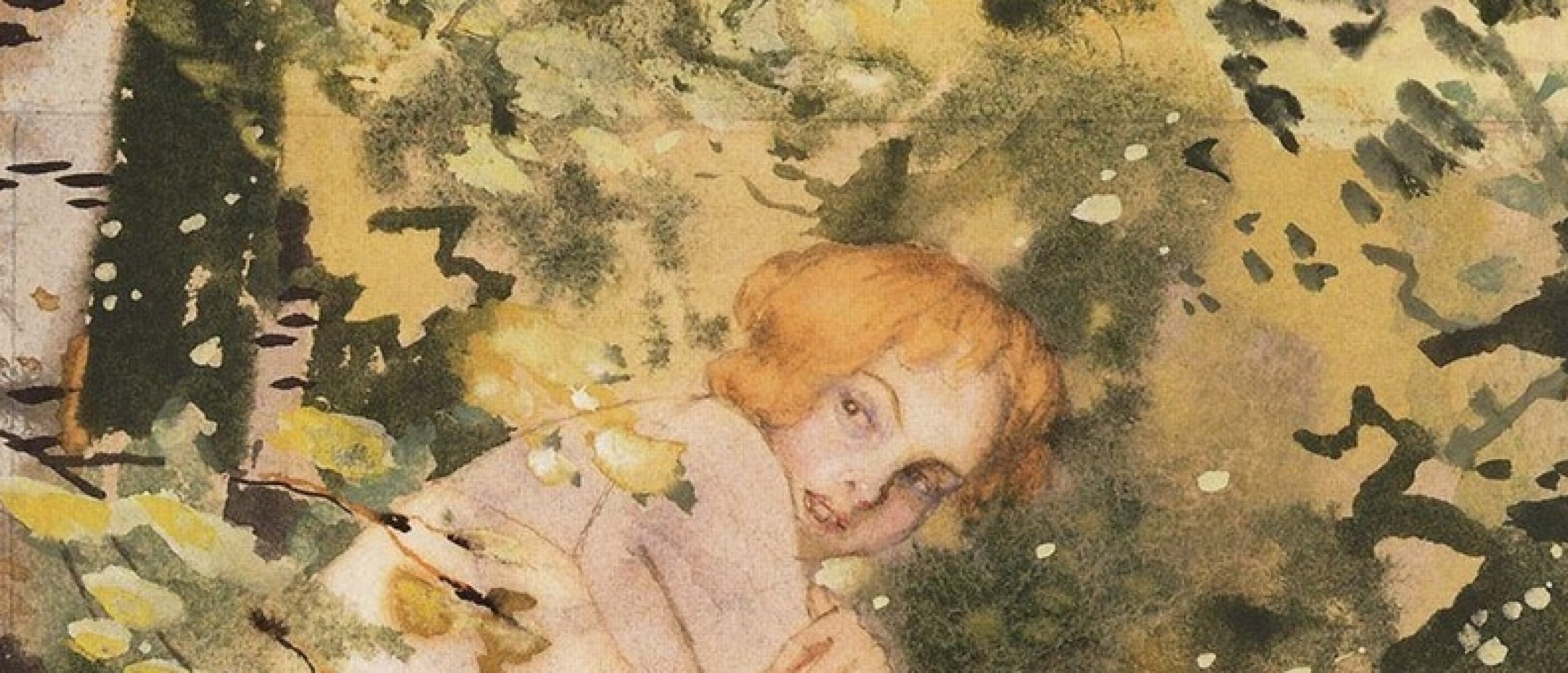
The female nude in nature has long occupied a central place in Western art, not merely as an erotic or aesthetic object, but as a potent symbol of human vulnerability, myth, and unity with the natural world. When painters paint the unclothed female form outdoors, they evoke a primal state; pre-civilised, free from society’s restraints, yet framed by the formal conventions of art. These images do not simply place a nude body in an outdoor scene; they suggest something more archetypal: a fusion of a woman with wilderness, a fusion of dream and desire.
‘Plein Air Nude’
This tradition of what we might call the ‘plein air nude’; not a painting of a nude woman painted outdoors in the technical plein air sense, but rather a painting composed so that the nude appears immersed in a natural landscape, has evolved over centuries, absorbing influences from mythology, symbolism, pastoral poetry, and modern sensuality. In this essay, we will explore several paintings that exemplify this genre, from the mythic melancholia of Piero di Cosimo to the sunlit sensuality of Somov, asking what it means to place the nude body not just in the studio, but in the forest glade, or in the flowery meadow.
Vulnerability
What does it mean to place the nude in nature? Historically, the nude in the studio was often associated with the controlled gaze, a setting of power, artifice, and pose. But in nature, the nude suggests freedom, abandon, and sometimes vulnerability. The landscape offers no shelter, but also no constraints. It may eroticise the nude, but it also humanises her. Mythology plays a major role, nymphs, goddesses, muses, but so too does a longing for lost innocence or harmony with the earth. There is a pastoral ideal at work: that the human body, uncorrupted by clothing or modernity, belongs to the forest, the field, the stream.
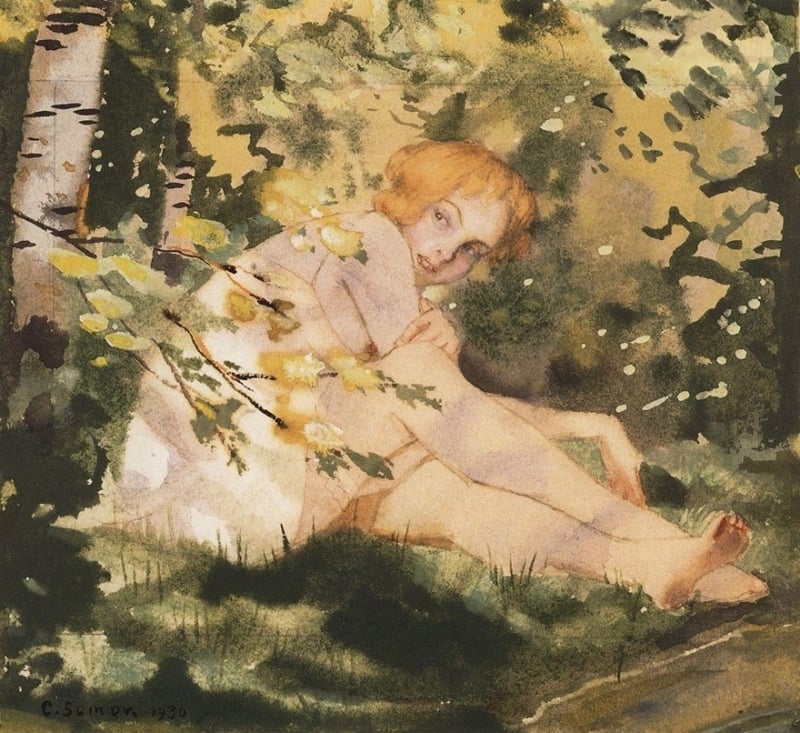
Fig.1 Konstantin Somov, Girl Under the Sun, 1930
Girl Under the Sun
Figure 1. The Russian symbolist painter Konstantin Somov’s ‘Girl Under the Sun’, painted in 1930, shows a half-naked female figure bathed in luminous sunlight. The woman seems to be waiting for someone, she is looking around, behind her shoulder. This waiting, this anticipation, is reflected in her surroundings as well; the nature seems to be trembling with desire, the sunlight is dancing on the grass and on the leaves of the trees. There’s an almost voyeuristic tenderness to the way she is painted; not pornographic, but deeply intimate. The grass curves with her spine; the light plays along her thigh. There is always a sense of nostalgia in Somov’s paintings, especially nostalgia towards the Rococo times and in a way the idealised, Arcadian setting of this watercolour brings to mind the Rococo paintings. In this painting, the plein air setting amplifies the eroticism: the open field becomes a private Eden, the sun a caress, the grass a lover’s bed. The body here is not in opposition to nature but an extension of it.
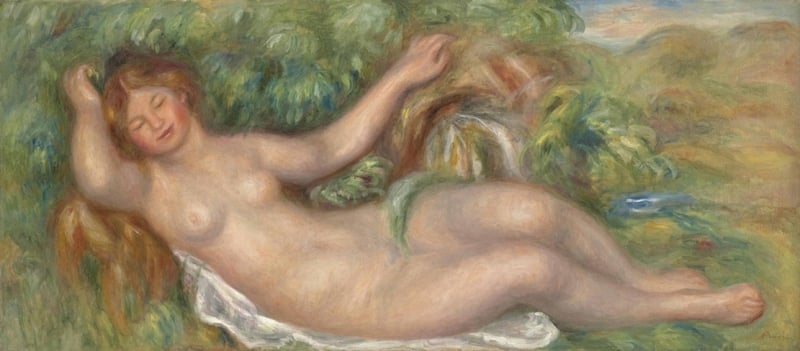
Fig.2 Pierre-August Renoir, La source (Nu allongé), c 1902
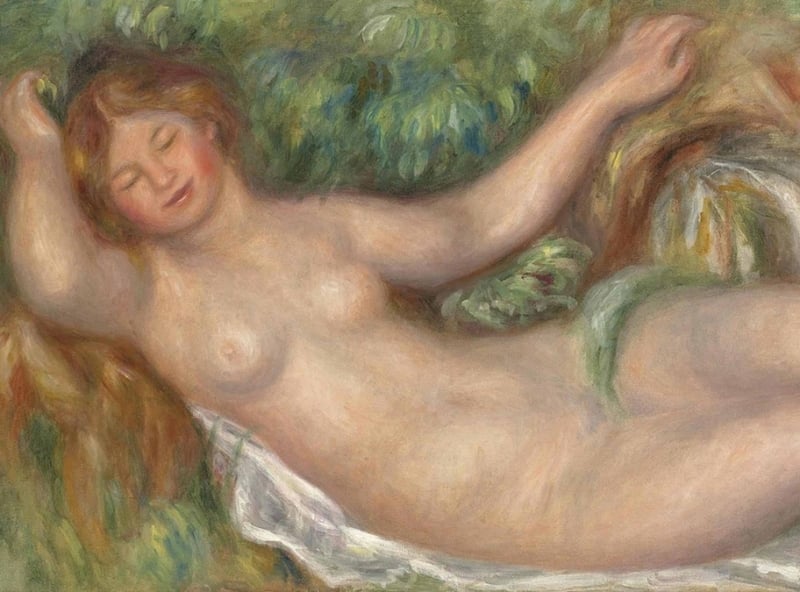
Fig.2a
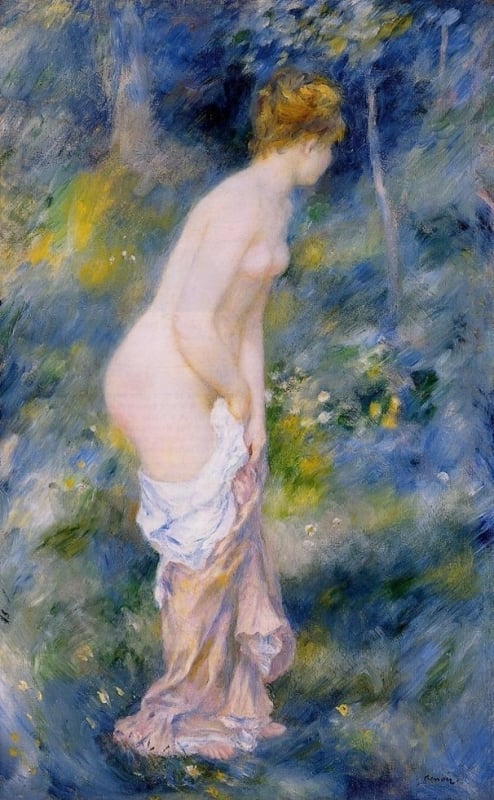
Fig.3 Pierre Auguste Renoir, Standing Bather, 1887
Standing Bather
Figures 2. and 3. Pierre-Auguste Renoir’s ‘Standing Bather’, 1887, and 'La source (Nu allongé)' painted circa 1902, fully situate the nude outdoors. In both paintings, the woman is seen, standing and lounging, in a sun-dappled environment, her skin radiant with warmth. Renoir’s brushwork, light-filled and loose, makes her feel part of the natural world, not separate from it. She is not posing but existing, almost unaware of the viewer. There is an innocence in her bareness, not naivety, but the natural innocence of being at ease in one’s body beneath the open sky.This is a crucial shift: from mythic or symbolic nudes to modern women placed in natural light. Here, the landscape is not a fantasy but a place of comfort, even sensual freedom.
Become a Premium member now and discover more about the following striking "nude in nature" pieces:
- Edward Burne-Jones’s painting ‘The Garden of Pan’
- Piero di Cosimo’s ‘A Satyr Mourning over a Nymph’
- Gustave Courbet's 'Woman with White Stockings'
- Julius LeBlanc Stewart’s painting ‘The Glade’
- John Roddam Spencer Stanhope’s ‘Nymph'
Click HERE for the nudes of Giovanni Boldini, 'Paganini Of The Brush'
Let us know your thoughts about this article in the comment box below...!!

